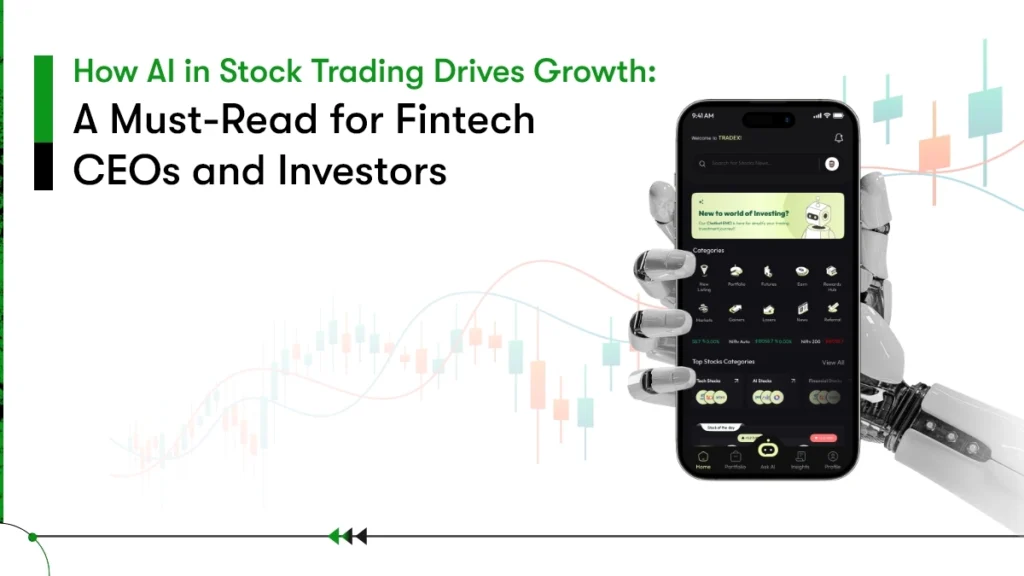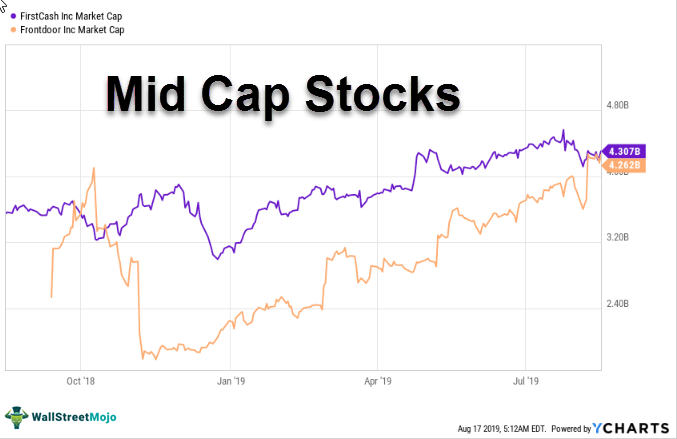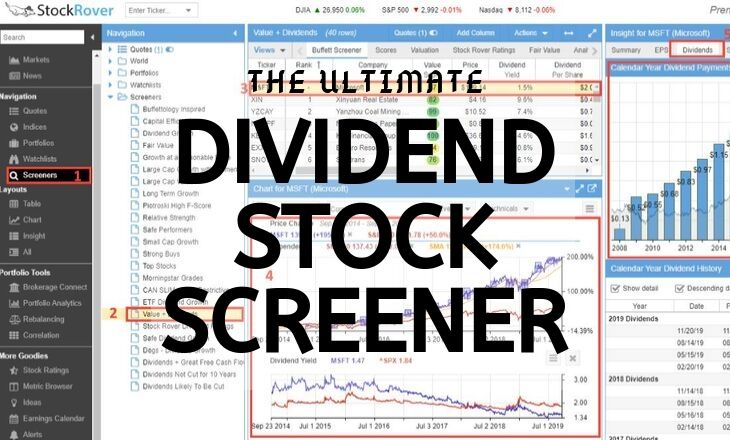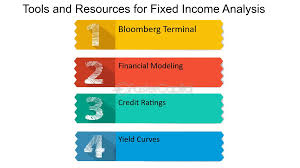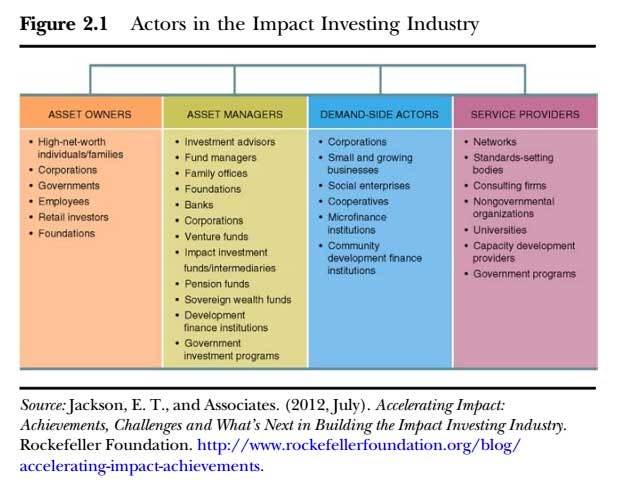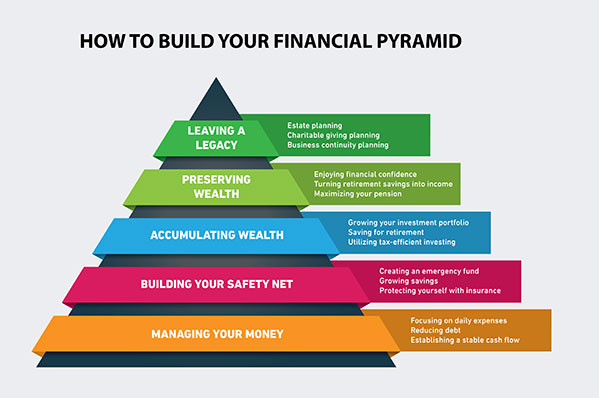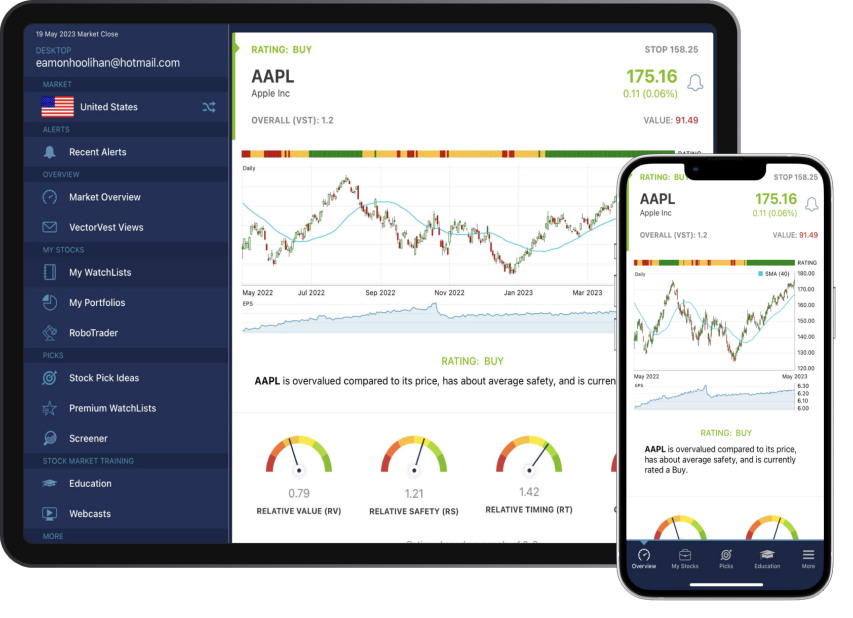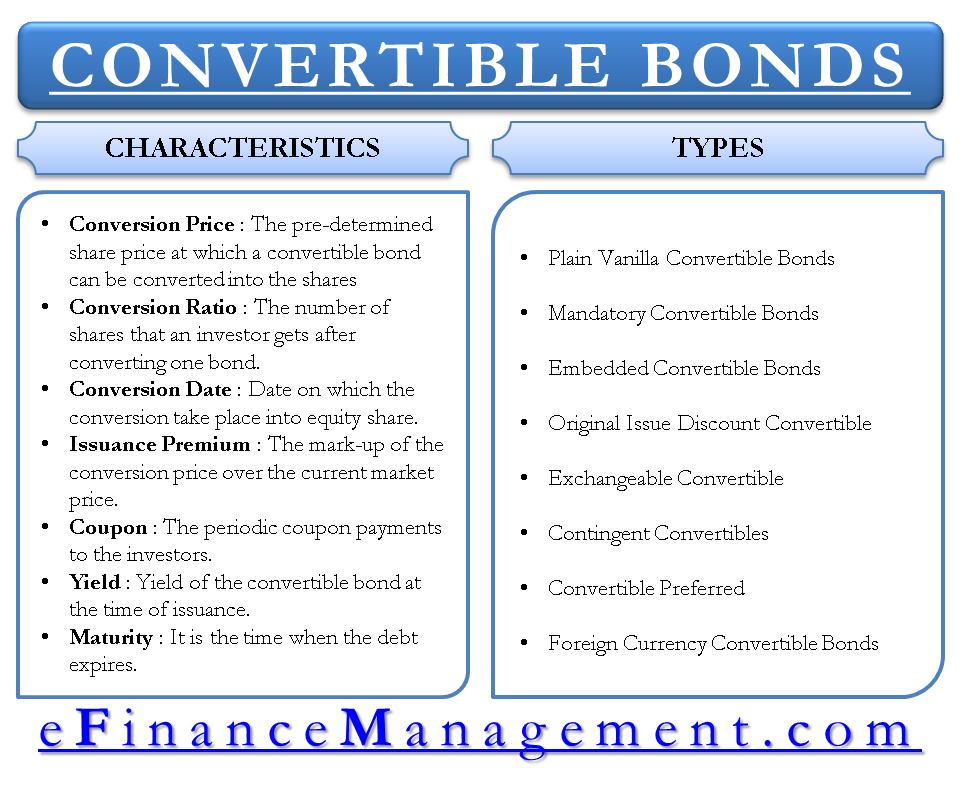AI-Driven Stock Analysis: A Guide to Smarter Investments. The advent of Artificial Intelligence (AI) has transformed numerous industries, and the financial sector is no exception. AI-driven stock analysis has emerged as a powerful tool for investors seeking to maximize returns and minimize risks. By leveraging advanced algorithms, machine learning, and big data, AI offers unparalleled insights into market trends, stock performance, and future opportunities.
What is AI-Driven Stock Analysis?
AI-driven stock analysis refers to the use of artificial intelligence technologies to evaluate and predict stock market behaviors. Unlike traditional methods, AI processes vast amounts of data in real-time, identifying patterns and trends that would be impossible for human analysts to discern. This approach enables more accurate predictions and data-driven decision-making.
Key features of AI-driven stock analysis include:
- Data Integration: Combining historical data, news, and social sentiment.
- Real-Time Analysis: Providing up-to-the-minute insights.
- Predictive Analytics: Forecasting stock performance with high accuracy.
How AI is Revolutionizing Stock Analysis
1. Real-Time Data Processing
AI algorithms process data from multiple sources instantaneously. This includes stock prices, economic indicators, and even geopolitical events. Investors can make decisions based on current, actionable insights rather than outdated information.
2. Pattern Recognition
By analyzing historical data, AI systems detect patterns and anomalies. These insights help predict market movements, identify undervalued stocks, and recognize overbought conditions.
3. Sentiment Analysis
AI uses natural language processing (NLP) to analyze social media, news articles, and financial reports. This allows investors to gauge market sentiment and its potential impact on stock prices.
4. Risk Management
AI tools assess potential risks by simulating various market scenarios. This helps investors understand potential losses and adjust their portfolios accordingly.
5. Portfolio Optimization
AI-driven tools recommend asset allocations tailored to individual risk appetites and investment goals. This ensures a balanced and diversified portfolio.
Benefits of AI-Driven Stock Analysis
- Enhanced Accuracy: AI reduces human error and provides precise predictions.
- Speed: Real-time analysis allows for quick decision-making.
- Accessibility: AI tools democratize access to professional-grade analysis for retail investors.
- Cost Efficiency: Automated systems reduce the need for expensive financial advisors.
- Personalization: Tailored recommendations align with specific investor needs.
Limitations to Consider
While AI-driven stock analysis offers numerous advantages, it’s not without limitations:
- Data Quality: Inaccurate or incomplete data can lead to flawed predictions.
- Overreliance: Blindly following AI recommendations without understanding the rationale can be risky.
- Market Volatility: Sudden, unpredictable events may not be fully accounted for.
How to Get Started with AI-Driven Stock Analysis
1. Choose the Right Tools
Select reputable AI platforms like AlphaSense, Bloomberg Terminal, or Trade Ideas. Evaluate their features, ease of use, and cost.
2. Understand the Basics
Familiarize yourself with fundamental and technical analysis. While AI simplifies the process, a basic understanding helps interpret results effectively.
3. Set Clear Goals
Define your investment objectives, risk tolerance, and preferred industries to customize AI recommendations.
4. Start Small
Begin with a small investment to test the AI tool’s performance before scaling up.
5. Continuously Monitor
AI tools require regular oversight to ensure they align with your evolving financial goals and market conditions.
10 Tips for Effective AI-Driven Stock Analysis
- Choose platforms with a proven track record.
- Regularly update your AI tool for optimal performance.
- Combine AI insights with traditional analysis for a holistic view.
- Focus on data-driven decisions, not emotional impulses.
- Diversify your investments to spread risk.
- Use AI tools that offer real-time alerts.
- Analyze historical performance of the tool.
- Stay informed about market trends and economic changes.
- Test multiple platforms to find the best fit.
- Seek expert advice when needed.
10 FAQs About AI-Driven Stock Analysis
1. What is AI-driven stock analysis?
It is the use of artificial intelligence to analyze and predict stock market trends.
2. How accurate are AI stock predictions?
Accuracy varies by tool and data quality but is generally higher than traditional methods.
3. Can AI replace human financial advisors?
AI complements advisors but may not replace the nuanced expertise of humans.
4. What are the risks of AI in stock analysis?
Overreliance and poor data quality are significant risks.
5. Is AI-driven analysis expensive?
Costs range widely; some platforms are affordable for retail investors.
6. Can beginners use AI tools?
Yes, many platforms are user-friendly and designed for novice investors.
7. How does AI handle market volatility?
AI simulates scenarios but may struggle with sudden, unforeseen events.
8. Do AI tools require programming knowledge?
No, most tools are designed for non-technical users.
9. Can AI predict stock crashes?
While AI identifies warning signs, predicting crashes with certainty is challenging.
10. How do I choose the best AI platform?
Evaluate features, user reviews, and cost-effectiveness to make an informed choice.
Conclusion
AI-driven stock analysis is a game-changer for modern investors, offering unparalleled insights and opportunities to optimize portfolios. By leveraging real-time data, predictive analytics, and sentiment analysis, AI empowers users to make informed decisions with confidence.
However, successful investing requires balancing AI insights with human judgment and a clear understanding of market fundamentals. As technology continues to evolve, the potential for AI in the financial sector will only grow, making it an indispensable tool for savvy investors.

